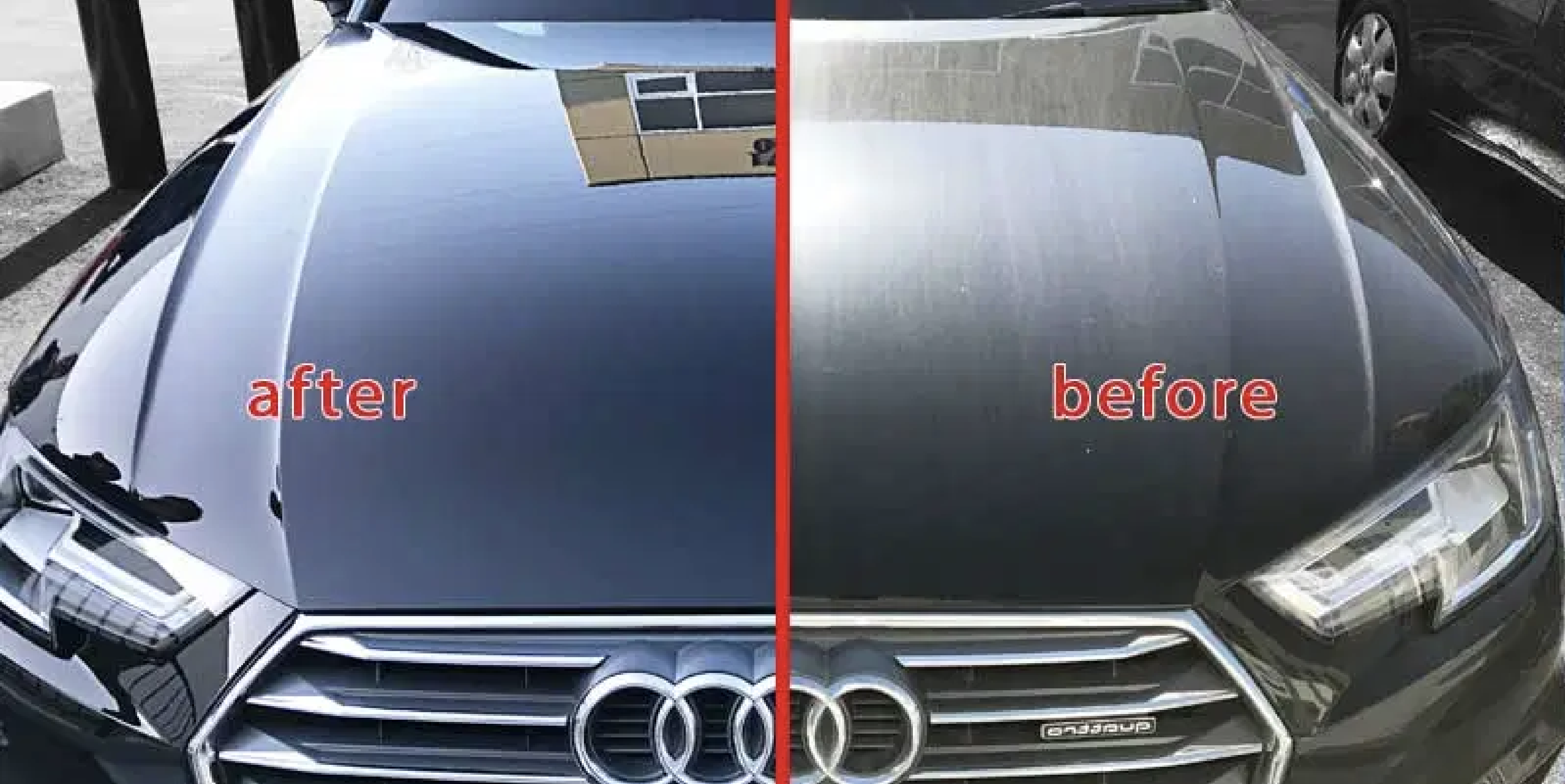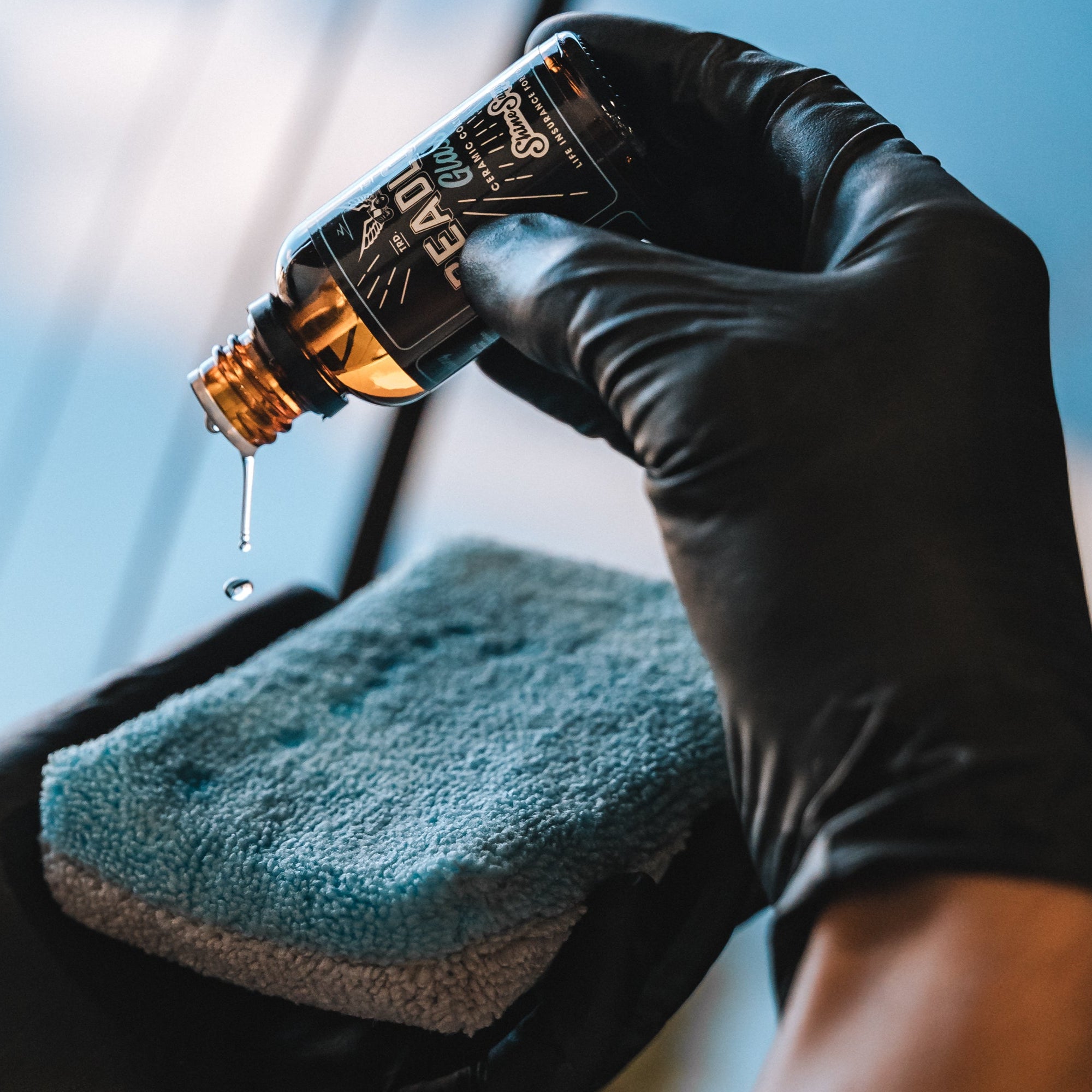Experience expert car detailing to deep clean your vehicle’s interior and exterior.
Experience expert car detailing to deep clean your vehicle’s interior and exterior.
Blog Article
A Comprehensive Overview to the Types of Ceramic Layer on the Market
Ceramic layers have actually become a pivotal solution across various sectors due to their unique properties and applications. From silica-based solutions known for their robustness to crossbreed options that combine multiple advantages, the selections available can be frustrating. Comprehending the subtleties of each kind, including their particular advantages and optimal usage instances, is essential for making educated choices. As we explore the distinctive characteristics and applications of these coatings, the ramifications for efficiency and long life come to be significantly evident, raising questions concerning which type could ideal fit your requirements.
Recognizing Ceramic Coatings
Ceramic finishings are sophisticated safety remedies that have actually gotten popularity in numerous markets, especially in auto and aerospace applications. These finishes include a liquid polymer that, when healed, creates a resilient, hydrophobic layer on the surface of the substratum. This layer provides enhanced resistance to environmental contaminants, UV radiation, and chemical exposure, consequently extending the life and visual allure of the underlying product.
The essential element of ceramic coverings is silica, which adds to their solidity and sturdiness. The application procedure generally entails surface prep work, application of the covering, and healing, which can be achieved with warmth or UV light. As soon as cured, ceramic coatings display exceptional bonding residential or commercial properties, allowing them to stick strongly to a variety of surface areas, including metals, plastics, and glass.
Along with their safety attributes, ceramic coverings also use convenience of maintenance. Their hydrophobic nature lowers the adherence of dust and gunk, making cleaning simpler and much less frequent. In general, the fostering of ceramic finishes represents a considerable improvement in surface defense innovation, supplying both useful and aesthetic advantages across several industries.
Kinds Of Ceramic Coatings
Numerous sorts of ceramic finishes are offered, each developed to fulfill particular performance requirements and applications - Paint Protection Film. One of the most typical types include:
Silica-based Coatings: These coatings mostly include silicon dioxide and are known for their durability and chemical resistance. They are widely made use of in vehicle and industrial applications.
Titanium Dioxide Coatings: Prominent for their photocatalytic buildings, titanium dioxide coatings are typically applied in atmospheres where self-cleaning and antifungal residential or commercial properties are desirable, such as in building materials and auto surfaces.
Zirconia Coatings: Defined by their high-temperature security and thermal resistance, zirconia finishings are used in applications such as turbine engines and high-performance auto elements.
Alumina Coatings: Displaying excellent hardness and thermal stability, alumina layers are frequently utilized in wear-resistant applications, consisting of reducing tools and industrial equipment. - Paint Protection Film
Hybrid Coatings: Integrating the residential properties of numerous materials, crossbreed finishings offer enhanced performance attributes, making them ideal for unique and requiring applications.
Each kind of ceramic finishing offers distinctive purposes, enabling users to choose one of the most suitable remedy based upon certain environmental conditions and efficiency needs.
Benefits of Ceramic Coatings
Coatings play a critical duty in enhancing the efficiency and long life of surfaces across different sectors. Ceramic coverings, particularly, offer many advantages that make them progressively popular among producers and consumers alike. Among the key benefits is their exceptional resilience. These coverings are immune to scrapes, chemicals, and UV rays, making sure that the underlying surface area continues to be protected gradually.
In enhancement to sturdiness, ceramic coatings provide exceptional hydrophobic buildings, permitting for easy cleaning and upkeep. This water-repellent nature minimizes the adherence of dirt, gunk, and other impurities, which can prolong the aesthetic allure and capability of the surface area. Furthermore, ceramic finishes can considerably boost thermal resistance, making them ideal for applications that endure heats.

Application Refine
When applying ceramic finishings, a precise technique is vital to achieve ideal outcomes. The application procedure normally starts with comprehensive surface prep work. This involves cleaning, sanitizing, and polishing the surface area to eliminate all contaminations, consisting of dirt, oil, and prior waxes or sealers. A clean surface area makes sure proper adhesion of the coating.
When the surface is prepped, the following step is to use the ceramic coating. The coating must be used in slim layers, as thicker applications can lead to unequal coatings.
After application, the finish calls for a details healing time, typically ranging from a few hours to a full day, depending on the product. Complying with these actions carefully will maximize the performance and long life of the ceramic covering, supplying a resilient safety layer for the surface area.
Maintenance and Durability
To ensure the longevity and effectiveness of a ceramic coating, normal maintenance is crucial. Ceramic coverings, known for their longevity and protective high qualities, require details care routines to maximize their life expectancy and performance. The primary step in maintenance includes regular cleaning with pH-neutral soap, staying clear of harsh chemicals that can deteriorate the finishing. It is recommended to clean the vehicle consistently, preferably every two weeks, to avoid the build-up of pollutants that might jeopardize the finish's stability.
In addition to normal cleaning, regular evaluations are crucial. Look for indicators of wear or damage, such as hydrophobic buildings reducing or surface flaws. If necessary, a light gloss may be related to invigorate the finish without removing it away.
Moreover, the application of a booster spray can enhance the finish's hydrophobic impacts and recover its gloss. This is especially helpful for coverings that have actually remained in usage for a prolonged duration. Inevitably, by adhering to these upkeep practices, one can substantially prolong the life of a ceramic finish, making sure that it remains to offer ideal security versus environmental factors and preserve the visual click for more allure of the vehicle.
Conclusion

Report this page